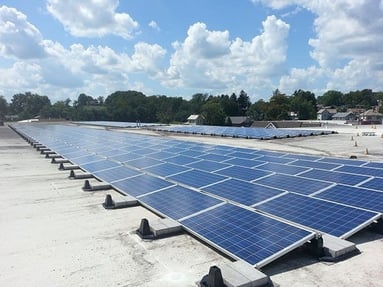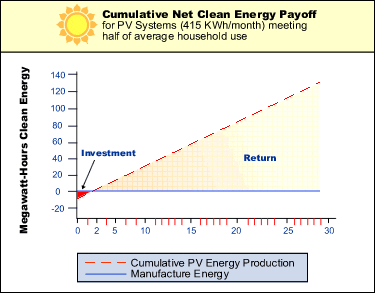Understand that solar panel manufacturers try to avoid the subject as they do not want to make potential buyers aware of the problem.
Average loss of power effeciency due to dirty solar panels.
Dust effect on solar panel increase as the tilt angle of incident increases.
Factors that affect solar panel efficiency.
Dirty solar array has 1 4 reduction each year.
Or in other words 40 watts are lost with time.
The highest efficiency solar panels on the market today can reach almost 23 percent efficiency.
Since the use life of a solar system is 20 to 25 years think how the car windows on your car would look if you only hose it off every six months.
Potential induced degradation pid is a relatively recently discovered phenomenon which can occur in solar panels although a concise understanding of what causes it is still being finalised.
Do the math a 4 to 5 loss per year in 5 years you ve lost 20 25.
In my opinion this is an insignificant loss when considering how dirty the solar panels were.
Solar panels have been consistently increasing in efficiency at about 5 annually since 2010.
The average efficiency of solar panels falls between the 17 to 19 percent efficiency range.
They found that solar panels in very dirty environments saw a 25 percent drop in efficiency from atmospheric pollution alone.
Pv glass and cells.
Interesting that the solar companies tell you that the degradation percentages are 1 per year but in recent studies their findings are closer to 4 and 5.
I recently had a friend spend 20k for panels.
For example a solar panel of 200 watts will produce 80 of 200 160 watts in the 25th year from now due to degradation reversible and irreversible degradation with time.
Combining these two effects a solar panel located in a heavily.
Dirty solar panels will see an average 3 5 production boost when cleaned.
16 m to 5 y.
So on an average we are losing 40 watts 25 years 1 6 watts per year or 0 8 per year.
The amount of loss can range from a few percent to 50 or more.



















/renewable-1989416_1920-78ab21e14d5c4096bf9895a9569ad531.jpg)




